Convert Brand Mentions into Powerful SEO Boosting Backlinks

In this post, I tell you how to get powerful backlinks from highly authoritative news websites that mention your brand.
At AdSmiths, I've created many surveys and infographics and then converted these content pieces into press releases in order to rack up press mentions for my clients.
And I can tell you that it's very frustrating to have a press website such as the Express, Guardian or Daily Mail mention the client's brand but not link to their website.
I am, after all, offering an SEO service and NOT purely public relations. If brand mentions do not translate into backlinks, I feel I am not helping my client's SEO goals.
PR as an SEO strategy is difficult to implement. For clients, it always means spending more money than usual. Rarely can PR activities be 'done on the cheap.'
It's thus vitally important for me to develop a system that helps me convert brand mentions into authoritative backlinks that will help clients' rank their websites for those ultra-competitive and revenue generating keywords.
And in this article, I am going to reveal how this system works.
For real.
Some of the assumptions I make in this article
To benefit from this article, I assume you are willing to spend money on generating newsworthy content.
Some of the ways you can do this are by running a survey on Facebook. You will need to pay for Survey Monkey (£30 a month) and you will need to run a Facebook advert (around £300 - hey, Facebook want their cut too!)
Once you have generated something worth telling journalists about, you will then need to distribute your news on a newswire. Again, this costs money. The newswire I use costs £120 per release.
And you will also want to conduct outreach via email and on Twitter to target individual journalists who cover your topic as part of their 'beat.'
OK, let's now fast-forward to the part where a journalist has mentioned your brand in an online article but failed to link back to your website.
This is where my system for converting mentions into backlinks becomes relevant.
Some of you will have organically racked up many unlinked brand mentions, so you can use this system yourself on mentions you have gained in the past.
What is link reclamation?
From around 2012, this tactic became known as 'link reclamation'. I don't know who coined this term. I first heard this term at MozCon, a popular SEO conference (notice the way I included an unlinked mention in this very post!).
In a nutshell, link reclamation is about converting unlinked mentions into valuable backlinks.
For large brands, the sheer number of unlinked brand mentions may be significant. This could mean link reclamation forms a major component of your overall SEO strategy.
Where to start?
Many news organisations include their linking policy on their website.
Before you go any further, I recommend that you read this policy. Doing so will prevent you wasting your time if they simply do not offer linking in their policy.
You can read the BBC's linking policy here.
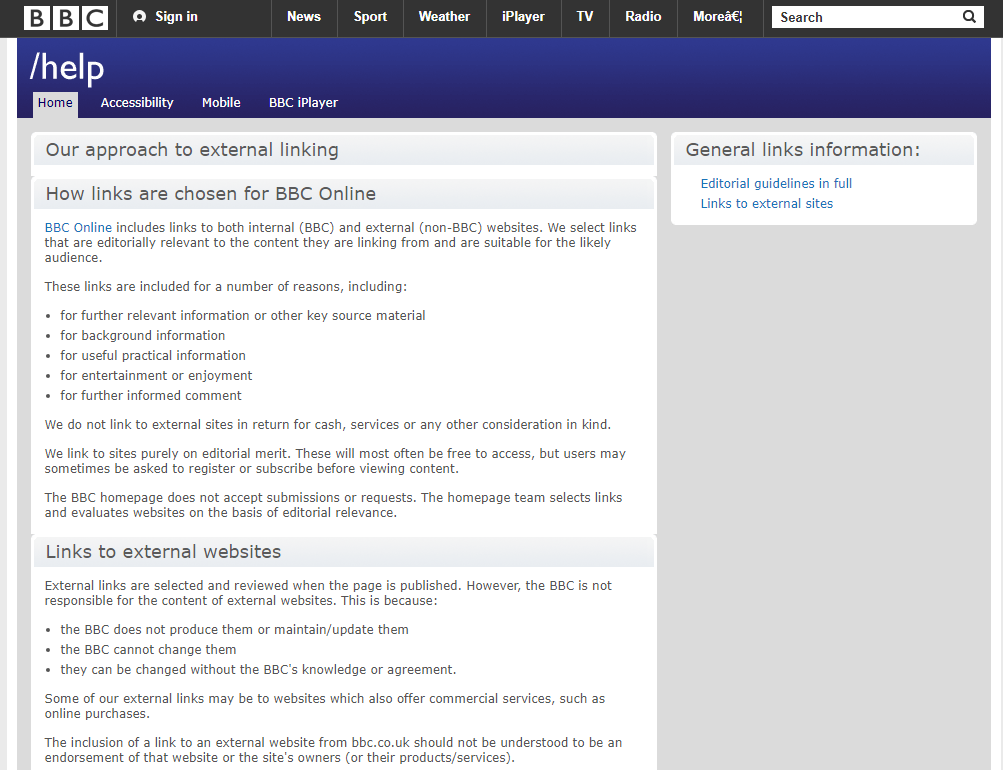
You can read the NY Times' linking policy here.
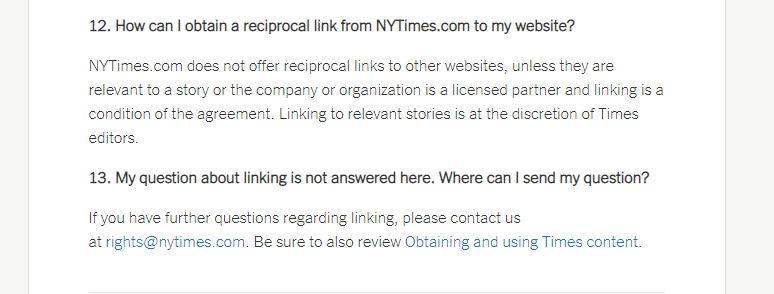
How to convert unlink mentions into backlinks
Now that I have covered preliminary and background points, it's now time to cover my link reclamation strategies in depth.
For ease of use, I've split this system into four steps:
Step 1: Monitor brand mentions so you can spot link reclamation opportunities
You can set up these alerts via a service such as ahrefs.com, BuzzSumo or mention.com.
You can also use Google Alerts. This is a free service, but you won't receive the same level of service offered by the paid-for tools.
Set keyword alerts and then these tools will email you if they discover mentions of your brand online.
If you notice these unlinked brand mentions early, you will be able to request that these mentions be turned into links without delay.
If you do not contact the news source quickly, they may be less likely to do as you ask.
Step 2: Ask the journalist to link to your website
Once you have located the unlinked brand mention, it's time to contact the journalist who wrote the piece.
You should be able to locate the journalist on Twitter. The journalist’s email may be present on their news source's 'contact page.'
You could also use a tool such as hunter.io if the email address is not listed on the news source’s website.
Here's an example email template to use once you have located the journalist's email address:
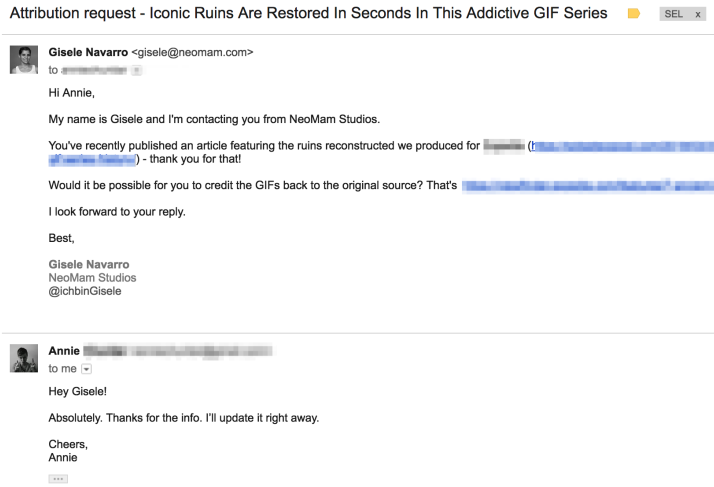
Alternatively, you could contact the journalist via LinkedIn:
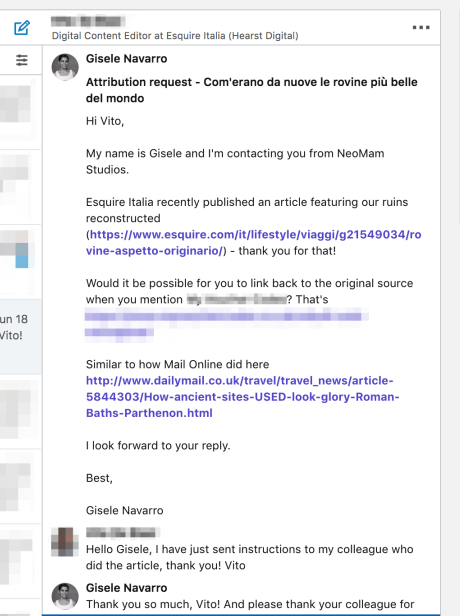
Note that journalists are notorious for not responding. If so, skip to step 3 below.
Step 3: Contact the editor if the journalist ignores your email
If the journalist ignored your email, contact the editor directly.
Many news organisations will employ many editors, so make sure you contact the editor who manages the topic where your brand was mentioned.
Editors email addresses are almost always listed on the news source's website.
See below for an example of this in action:
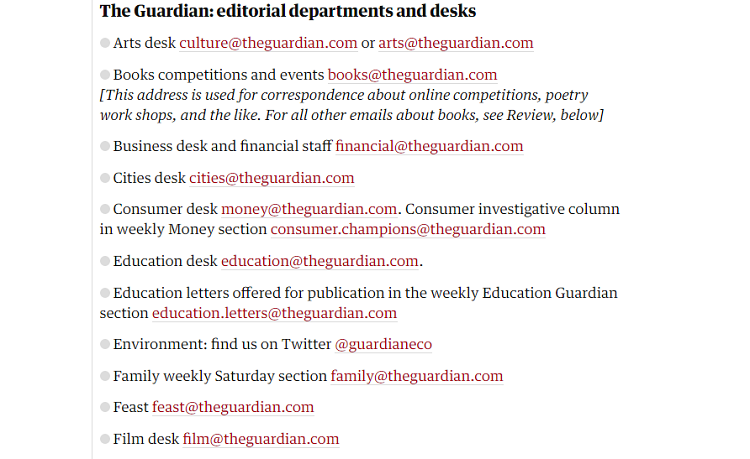
Step 4: Contact the corrections or copyright department if the editor ignores you
The vast majority of online news sources offer a 'corrections' and 'copyright' email address.
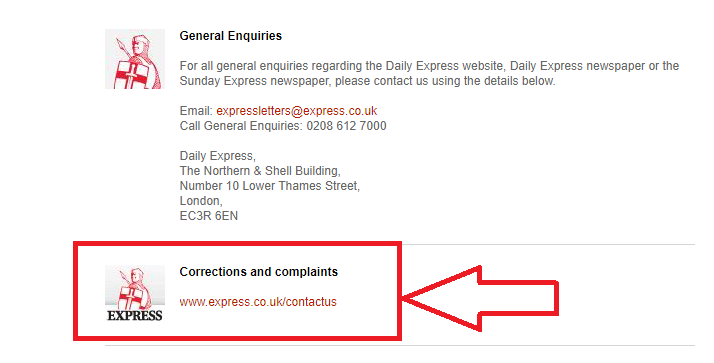
Some will include these details in their Terms of Service page.
Once you have located these email addresses, send an email asking for the link:
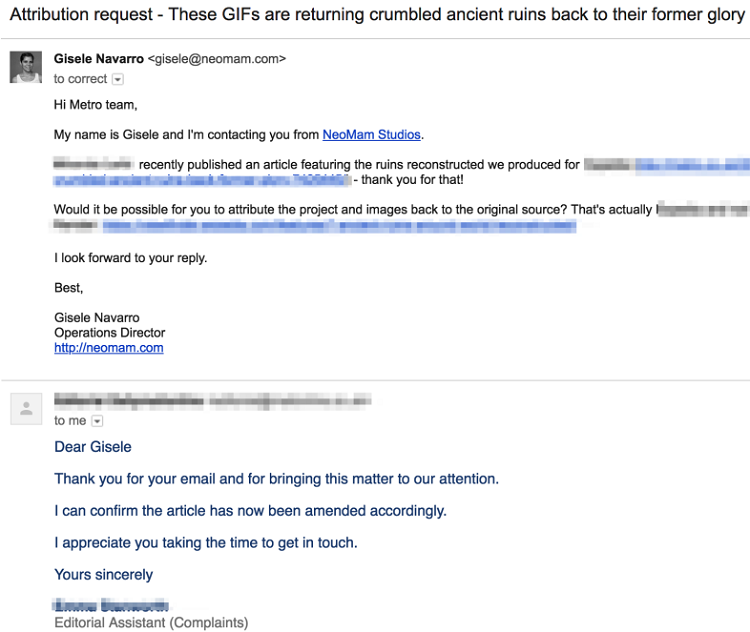
Don't contact the copyright or corrections email until you have first contact the journalist or editor.
Some may interpret a correction request as a 'soft compliant.'
If you get a no reply
If you get a no answer, it's not the end of the world. Don't go over anyone's head if you get a no answer. For instance, don't email corrections or copyright if the editor has said no already. To do so will only serve to spoil any future relationship you may have with these people. Remember, PR is all about relationships.
Preventing unlinked brand mentions when sharing your content
It's possible to take steps to reduce the likelihood of receiving unlinked brand mentions when you share your newsworthy story with journalists.
Below, I list two steps that will dramatically increase the odds of you getting linked-brand mentions:
1. Include a Creative Commons license within your content.
Including a Creative Commons licence in your content is an absolute must. This licence allows others to copy and distribute your work whilst requiring them to credit it too.
Fortunately, most professional journalists will be fully aware of what a Creative Commons licence entails.
You simply include the Creative Commons logo within your content.
The inclusion of a Creative Commons licence will also act to give teeth to your link reclamation requests if journalists ignore the licence:
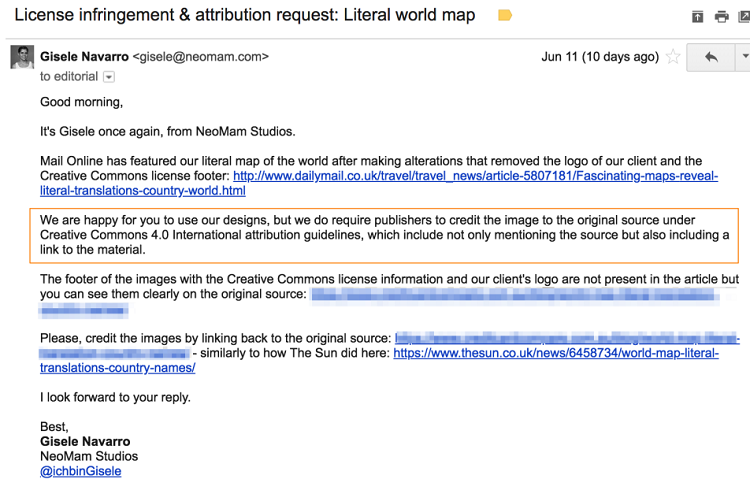
You can learn more about Creative Commons licences here.
Below, I include an example of content bearing a Creative Commons licence:
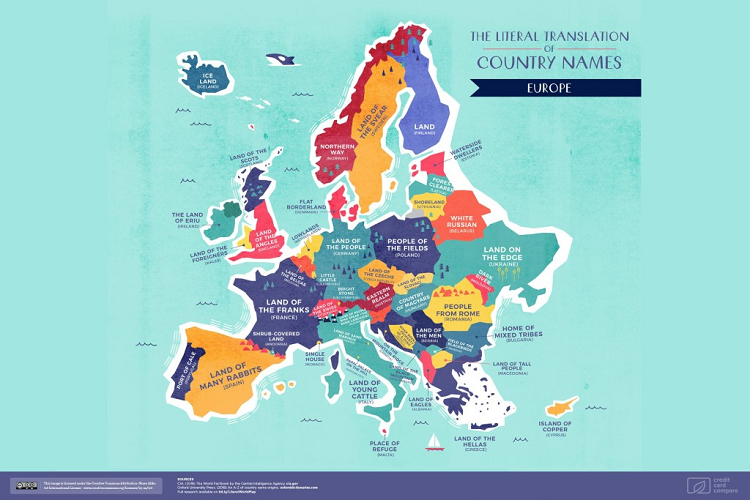
I recommend you make use of the Creative Commons Licence 4.0 International.
Doing so will allow journalists to distribute and adapt your content as long as they credit you or your organisation as the creator with a backlink to your original source material.
2. When you send your content to journalists, include a notice saying you expect to be credited with a link
If you don't make it clear that you require a link to your content, then journalists are far less likely to actually include one.
Here's an email template to use:
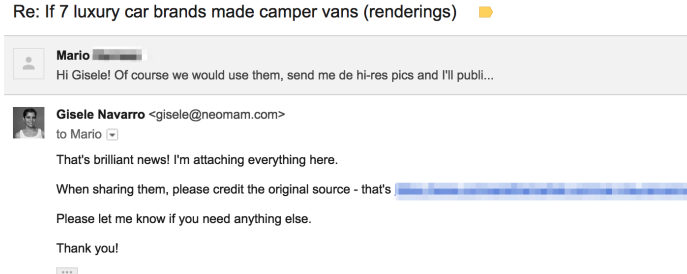
Note, this notice is more bark than bite. Journalists can still cite your work without linking to it, so this isn't fail-safe.
Need professional help?
At AdSmiths, we've racked up many linked brand mentions for our clients using traditional PR tactics.
If you would like us to PR-ize your SEO strategy, give us a call today on 0151 355 0916 or contact us through this website.


